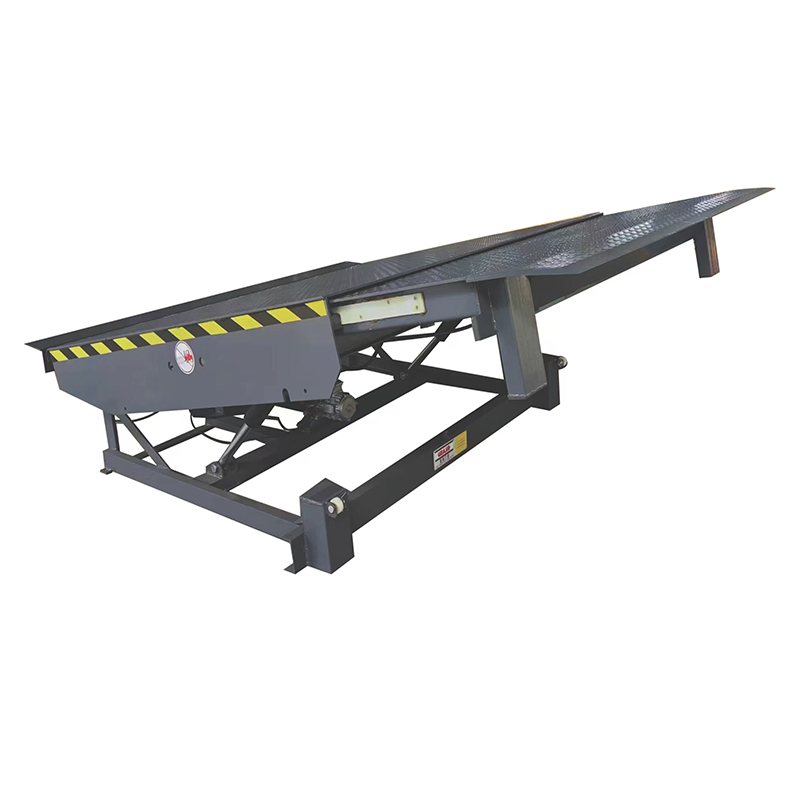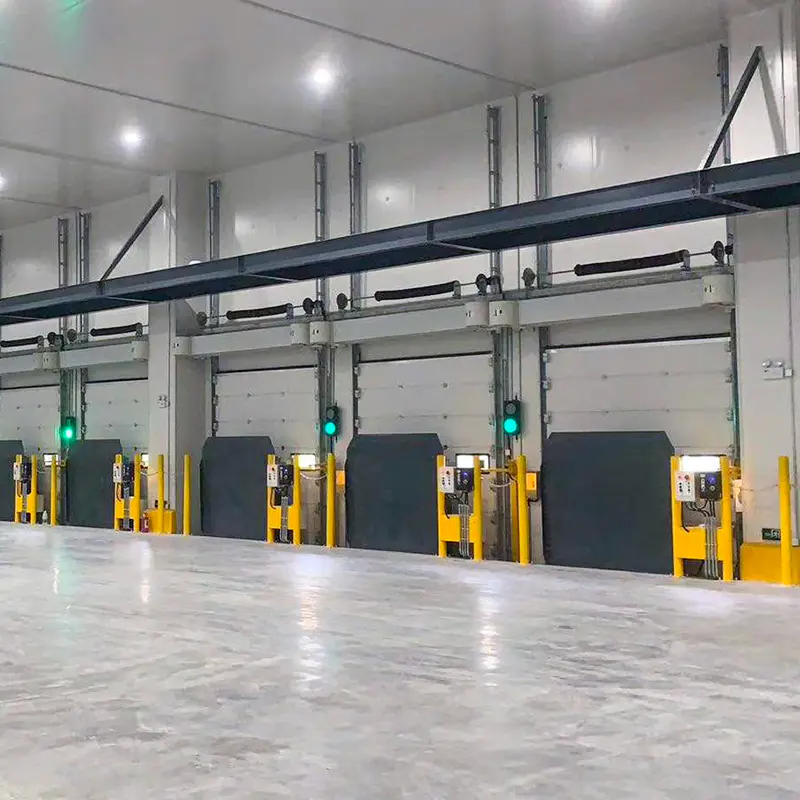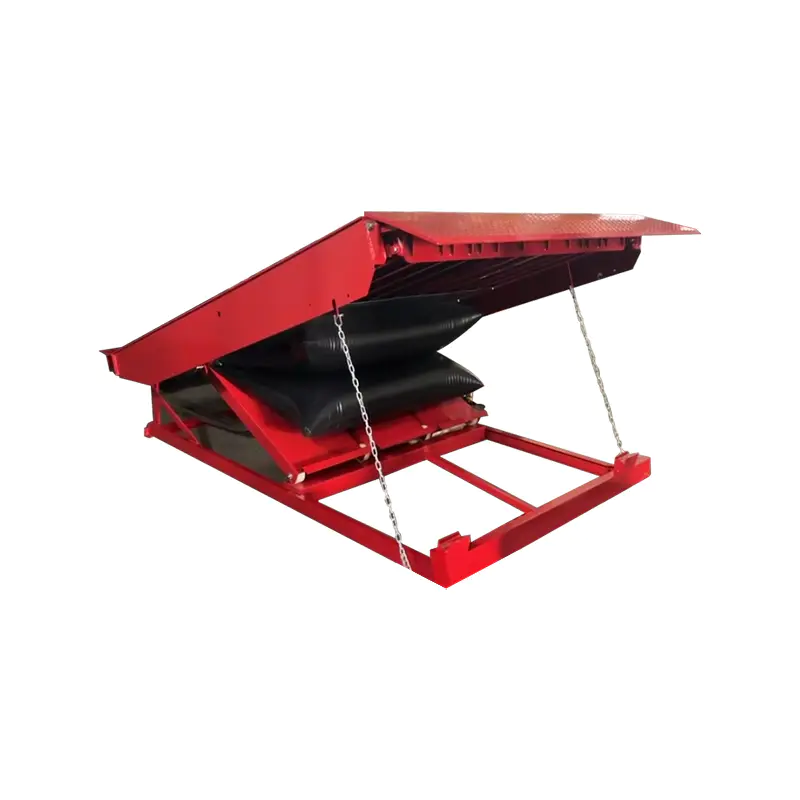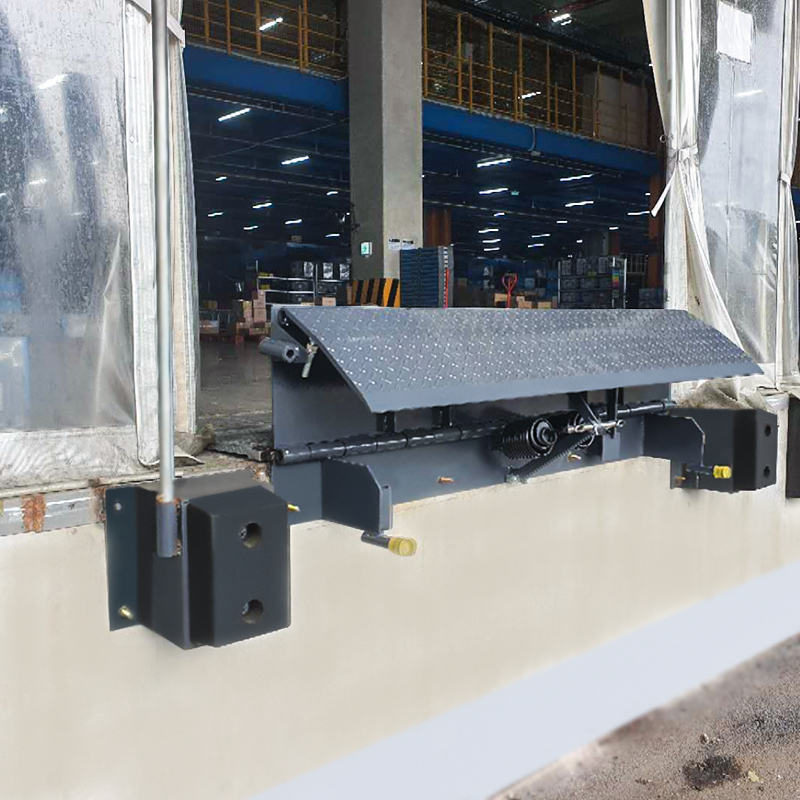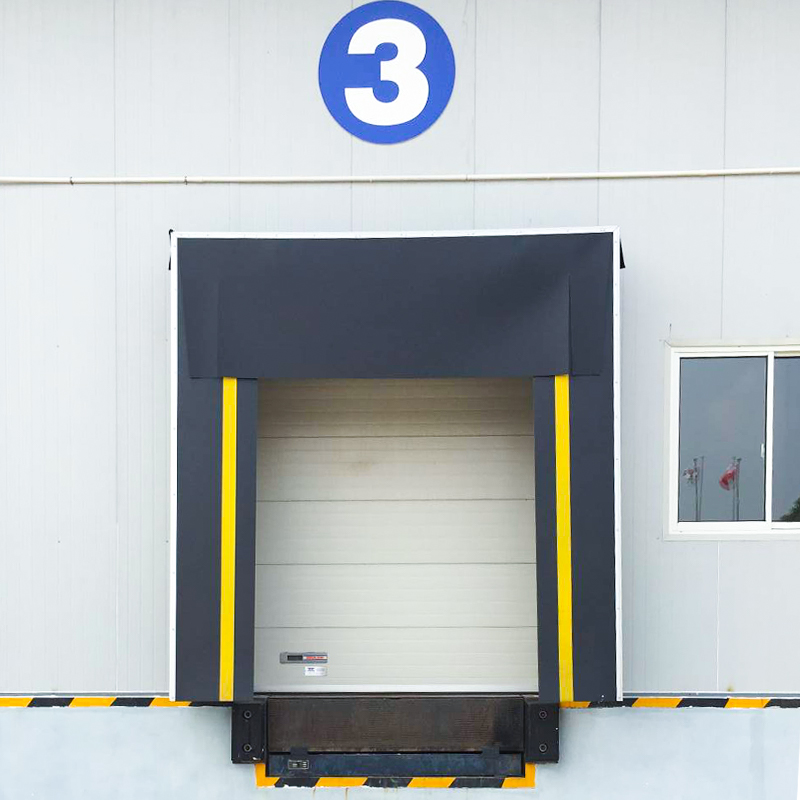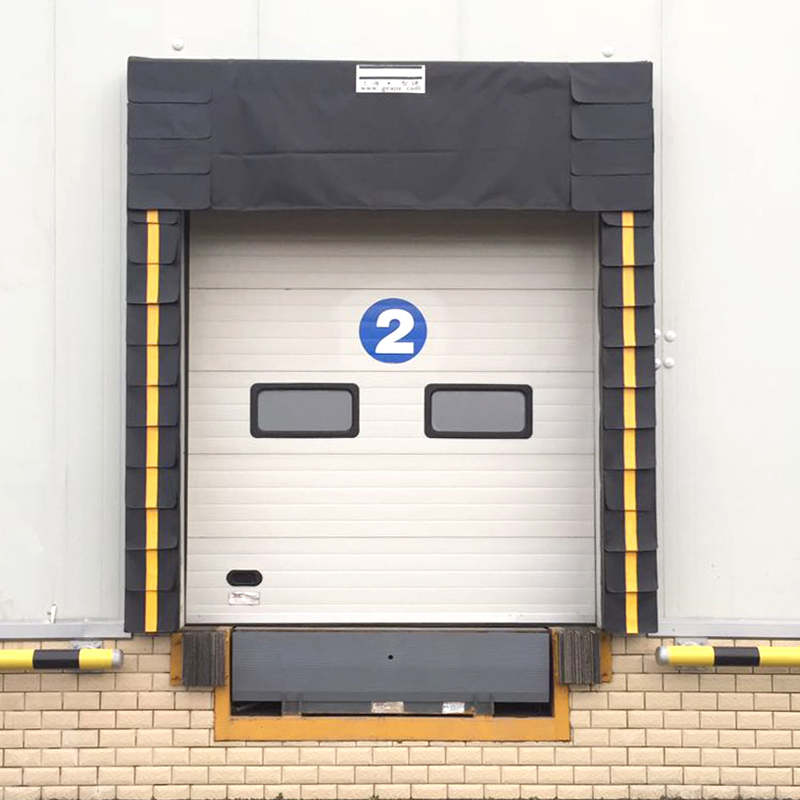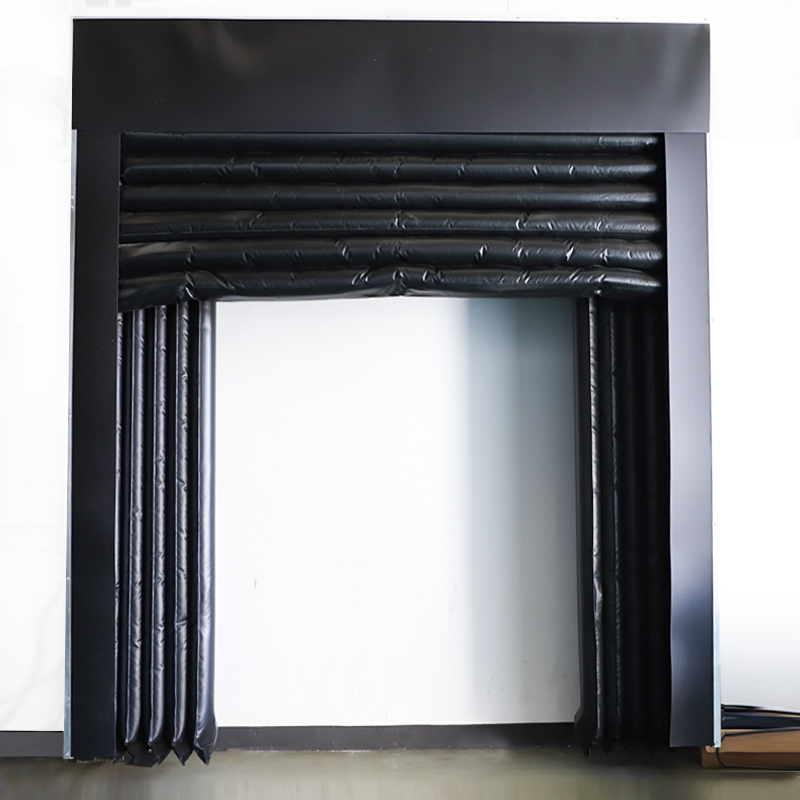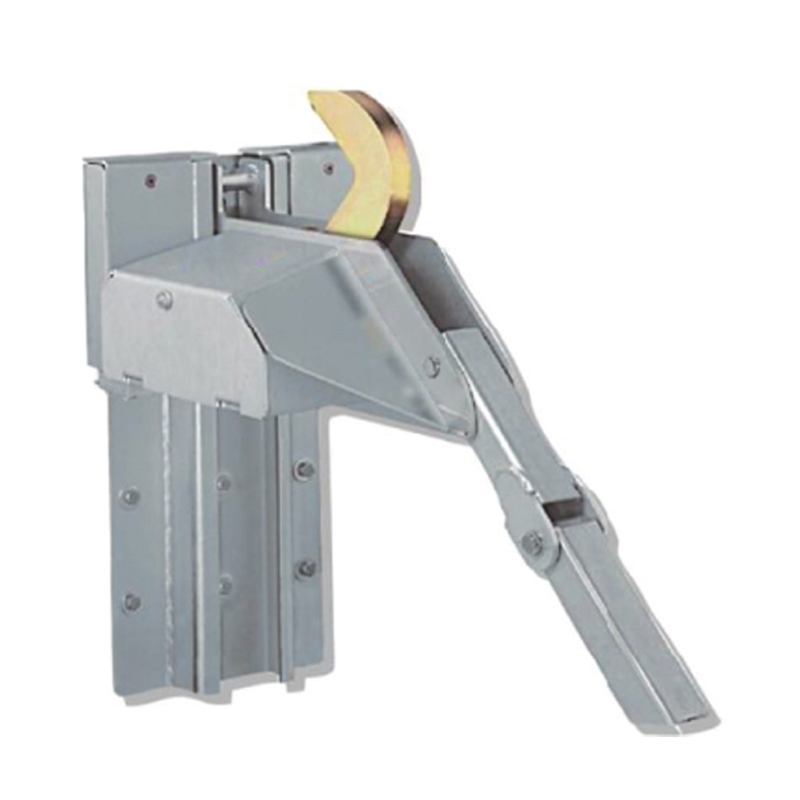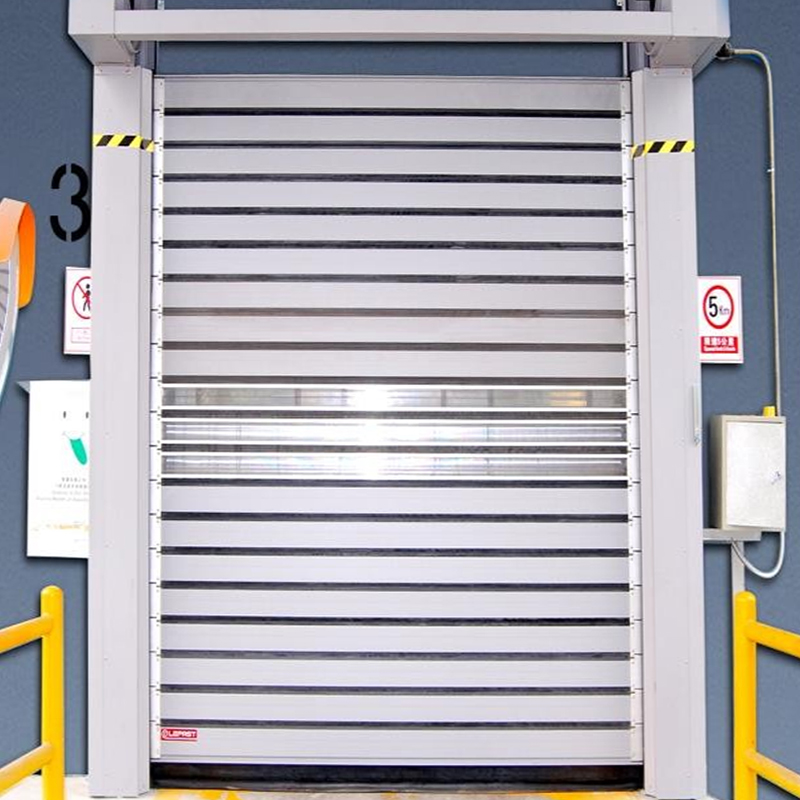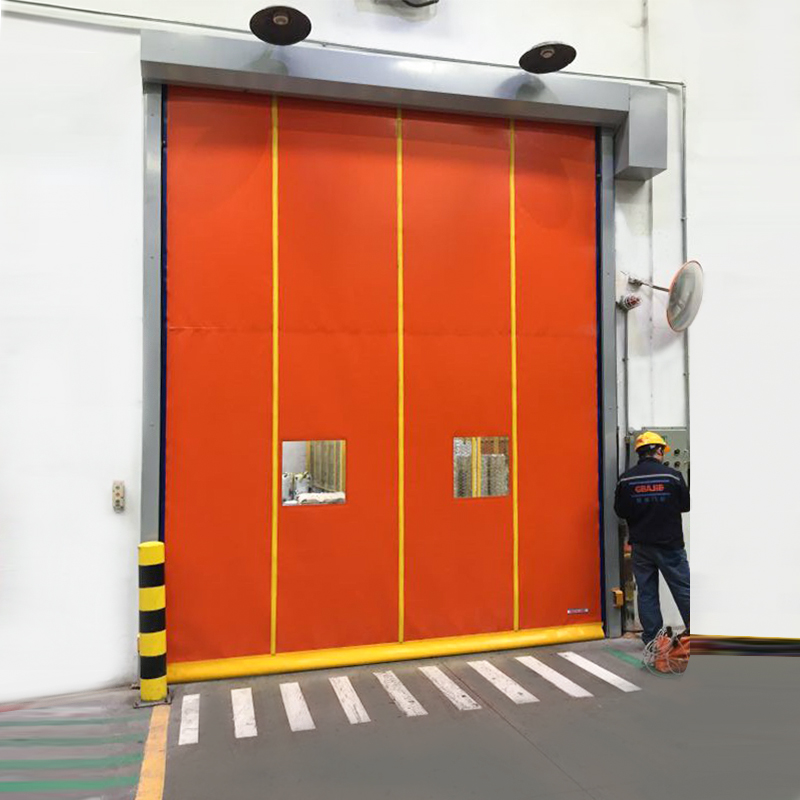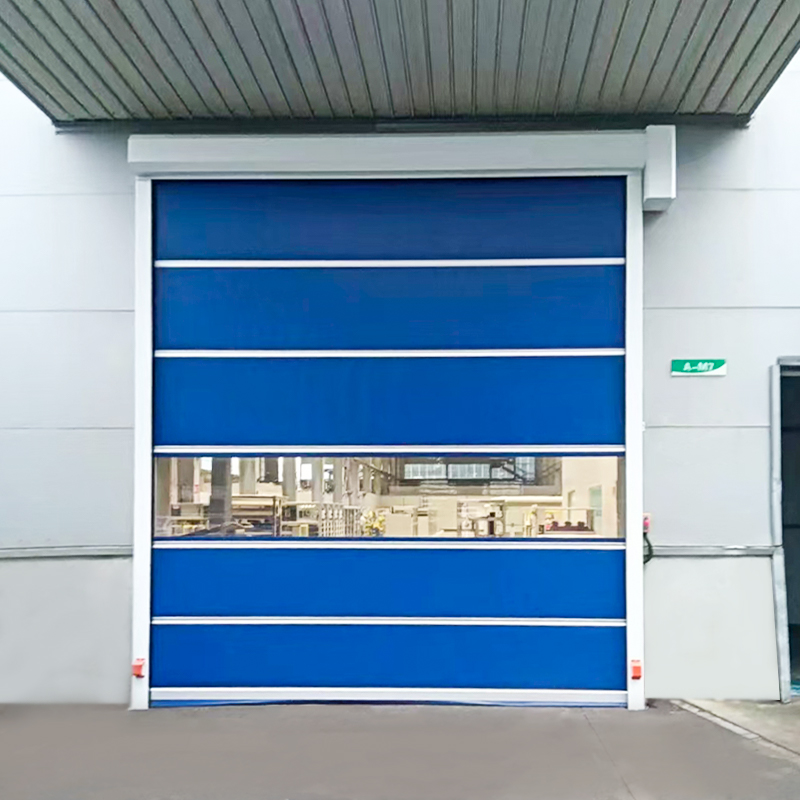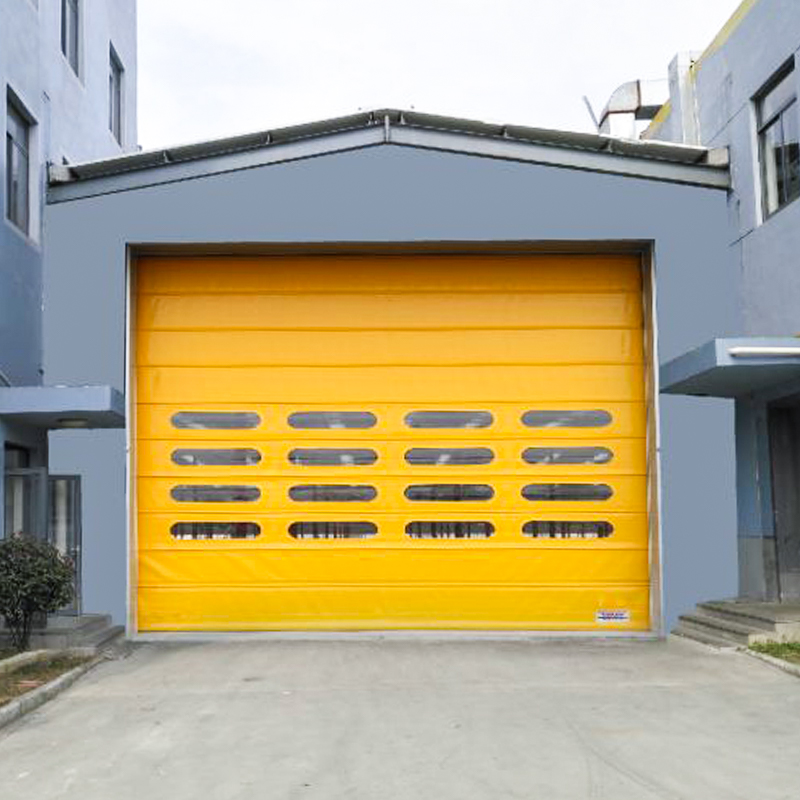Reinforced Structural Design and Load DistributionEOM Industrial Dock Levelers are engineered with...
The most critical function of Industrial Vehicle Restraints is the immobilization of vehicles during loading and unloading activities. These restraints work by locking the vehicle in place, typically by engaging the rear or wheels of the vehicle, or through a mechanical system that physically prevents the vehicle from moving. Immobilization ensures that the vehicle does not roll or shift during the critical stages of loading or unloading, regardless of external factors like uneven terrain, weight shifts, or brake failure. For instance, restraints may engage hydraulic or mechanical devices to secure the vehicle to the dock, effectively preventing movement that could lead to accidents such as vehicles rolling off the loading dock or colliding with surrounding structures.
During loading or unloading, vehicles can unintentionally shift due to multiple factors, such as uneven weight distribution, slope variations in the loading dock, or brake failure. The Universal Vehicle Restraints address these risks by preventing any kind of unintentional vehicle movement. They work as physical barriers or lock mechanisms that ensure the vehicle remains in alignment with the dock and does not move forward or backward. These restraints effectively negate the risk of vehicles inadvertently rolling off the edge of the dock, reducing the likelihood of accidents involving workers or other equipment. Whether the vehicle is a truck, trailer, or shipping container, the restraint system ensures it stays in place throughout the entire loading or unloading cycle.
Industrial Vehicle Restraints are often designed to work in tandem with dock levelers. Dock levelers are devices that adjust the height of the loading dock to match the height of the vehicle’s trailer, ensuring a smooth and safe transition for materials being loaded or unloaded. When a vehicle restraint system is integrated with the dock leveler, it ensures that both the vehicle and the dock remain aligned and stable. This integration minimizes the chances of misalignment or failure during the loading process, which could lead to unsafe conditions or accidents. For instance, if a vehicle is not properly restrained, the alignment of the dock leveler could be compromised, causing the dock to misposition and creating gaps where workers might fall or cargo might be damaged.
One of the most advanced forms of Industrial Vehicle Restraints involves automated systems that operate without manual intervention. These automated systems are triggered when a vehicle enters the loading dock, often using sensors or a signaling device to activate the restraint system. Automated restraints automatically engage the vehicle, ensuring that it is properly secured before the loading or unloading begins. This system removes the possibility of human error, such as forgetting to manually engage the restraint or improperly securing the vehicle. Automated systems are designed to trigger only when the vehicle is in the correct position, ensuring safety by locking the vehicle in place quickly and efficiently. Automation also reduces the time it takes to secure a vehicle, increasing productivity and enhancing safety at the same time.
Workers operating near loading docks or material handling areas face significant risks if vehicles are not properly secured. Industrial Vehicle Restraints prevent vehicles from shifting unexpectedly, which could put workers in harm’s way. Without restraints, vehicles could potentially roll backward, crushing or pinning workers between the vehicle and dock, or even cause serious injury if the vehicle suddenly surges forward. The system ensures that once the vehicle is in place, it remains stationary, thereby safeguarding workers from accidents related to vehicle movement. The restraints eliminate the need for workers to enter dangerous areas near the rear of the vehicle, reducing exposure to moving parts and heavy machinery, while also improving ergonomics in a busy, high-risk environment.
Without proper restraints, the risk of dock-related accidents increases significantly. These accidents can include workers falling into the gap between the vehicle and the dock, particularly when a vehicle shifts unexpectedly. Industrial Vehicle Restraints prevent this by ensuring that the vehicle is securely aligned with the dock. By keeping the vehicle stable and preventing it from moving away from the dock, the restraint system reduces the chance of creating hazardous gaps. This is particularly important in busy loading areas, where workers might be walking near the back of the truck or near areas where the vehicle could unexpectedly move. In addition to providing a safer environment for workers, the restraint system contributes to reducing vehicle-related injuries and accidents.

 English
English Español
Español Tiếng Việt
Tiếng Việt

